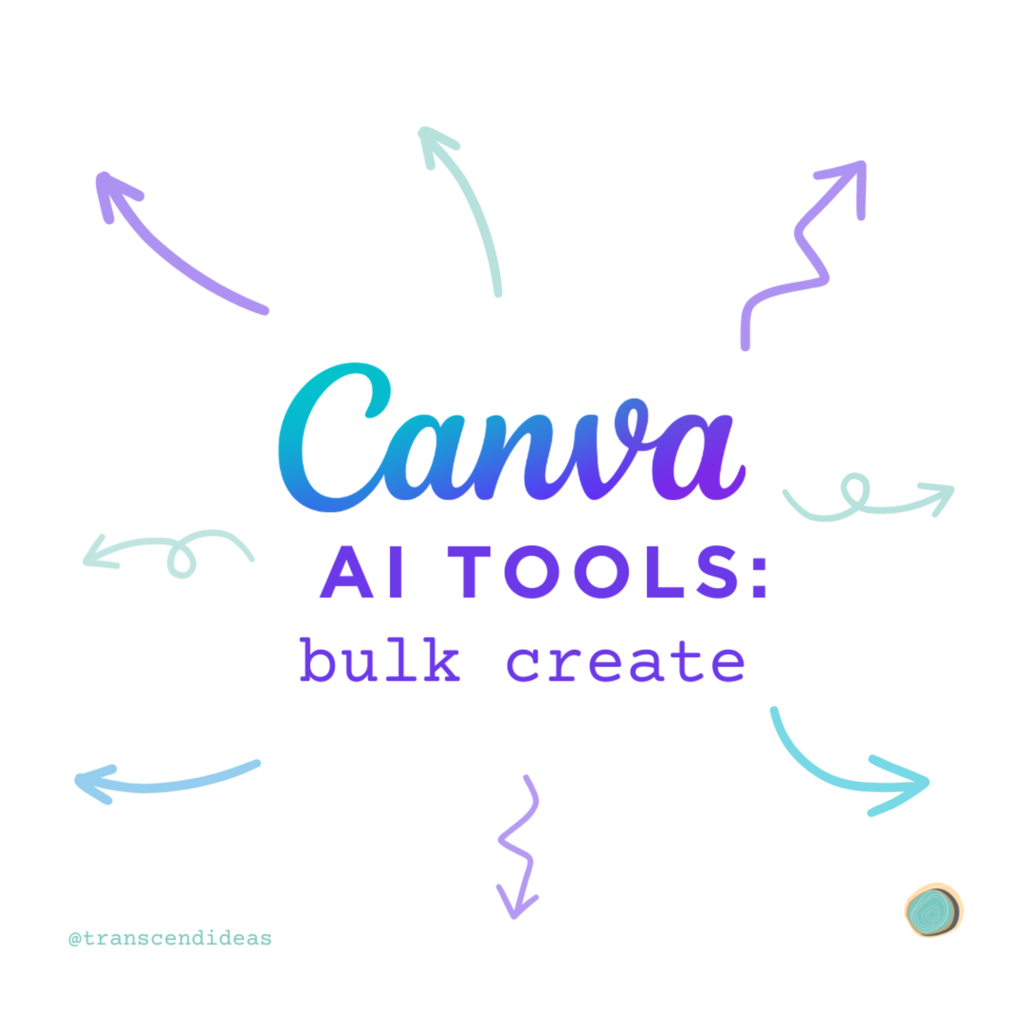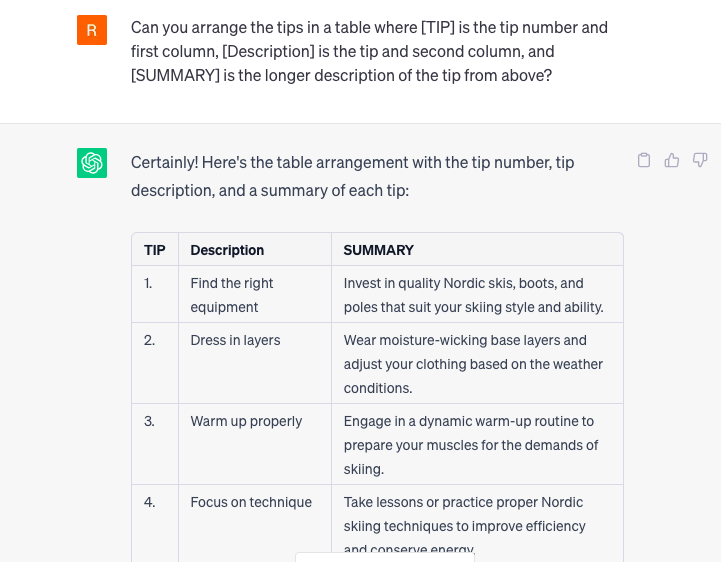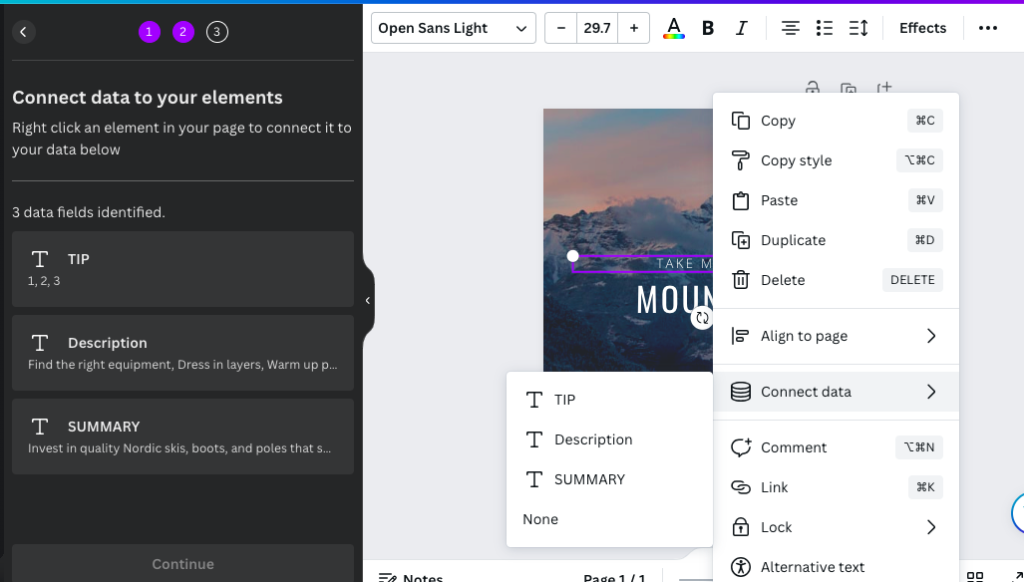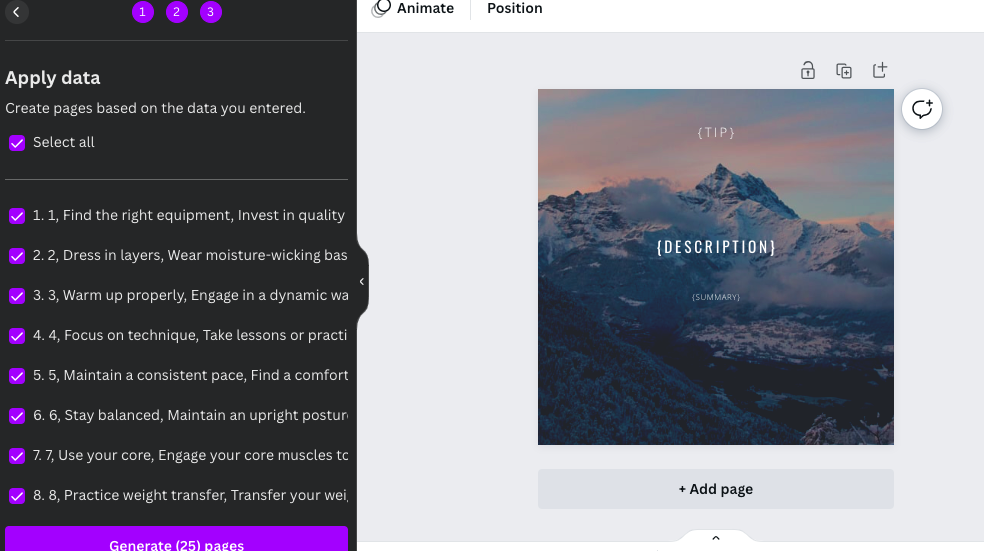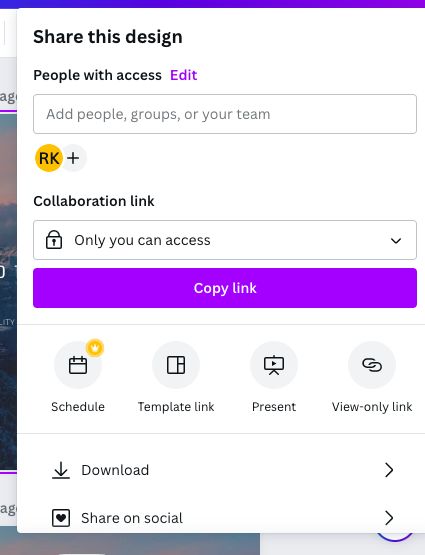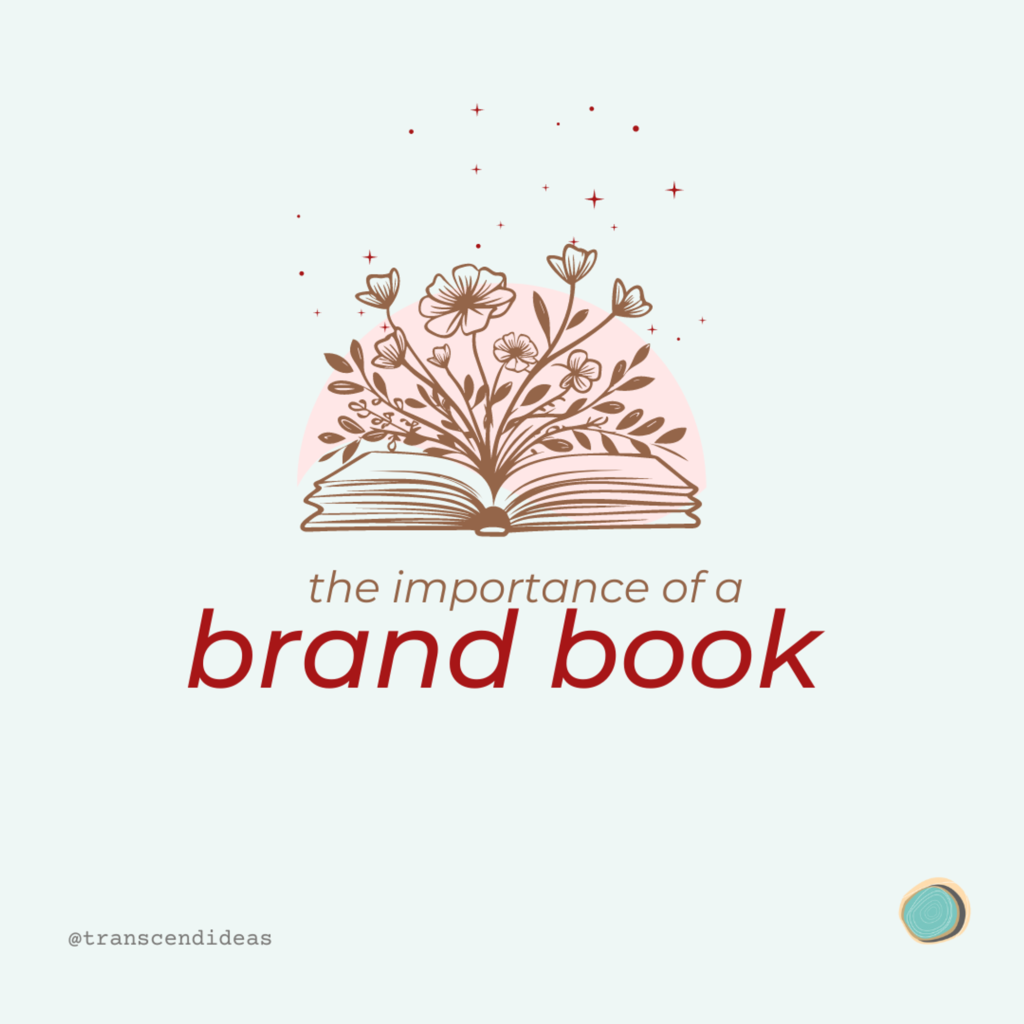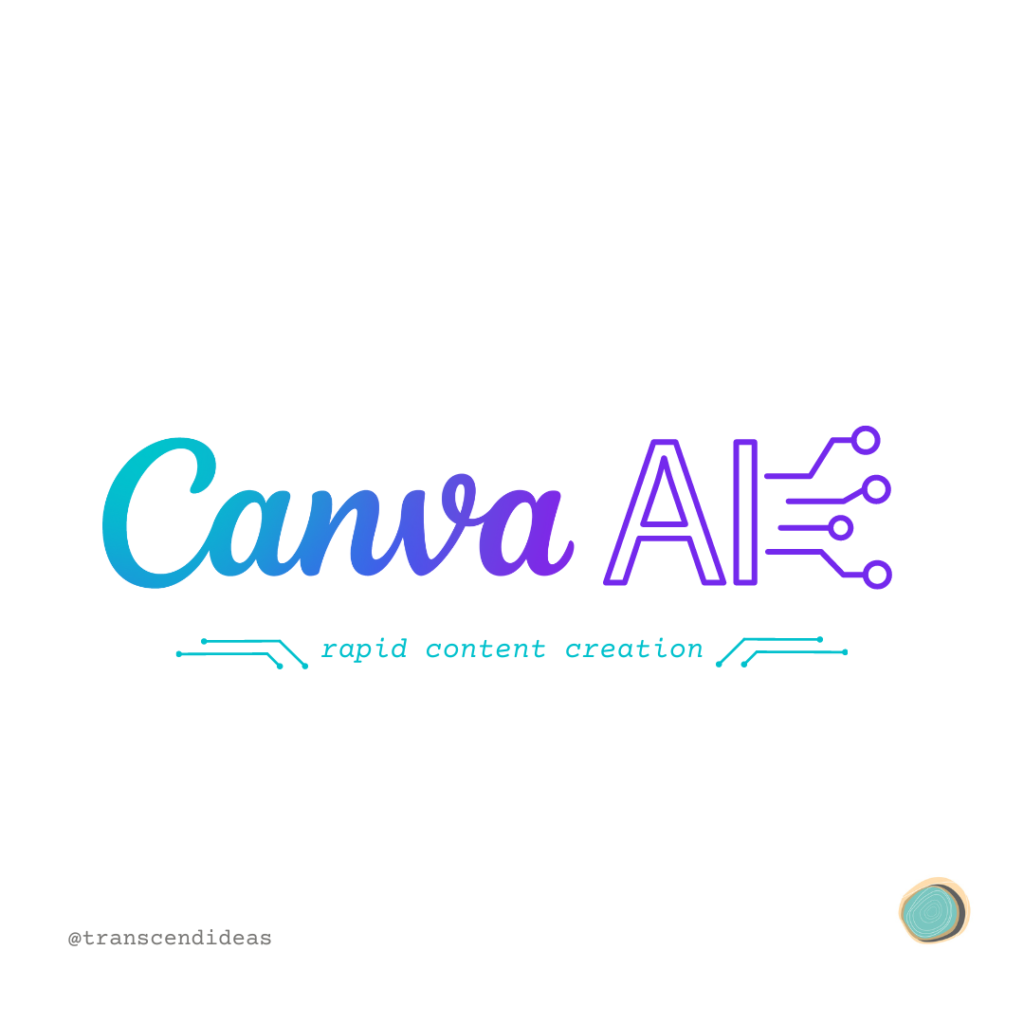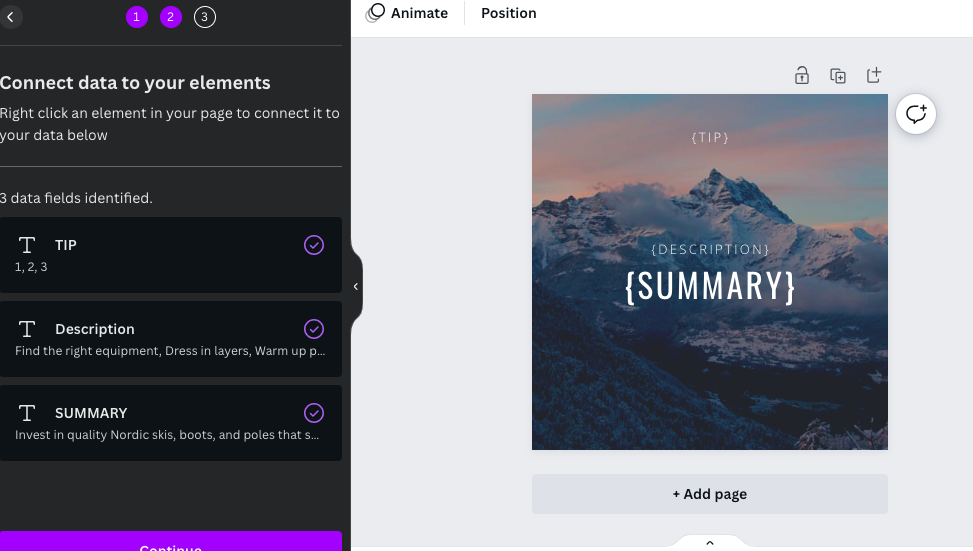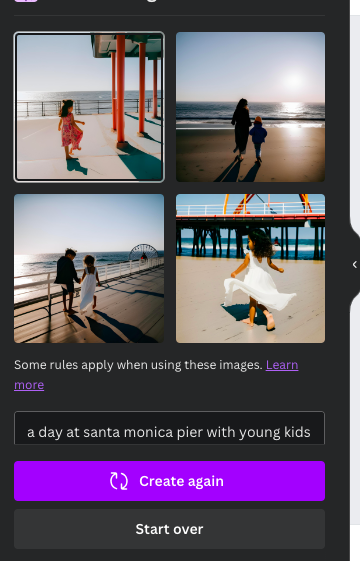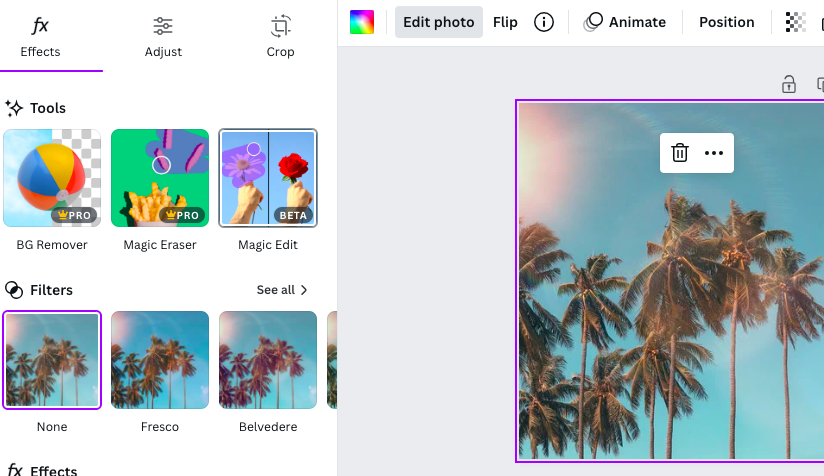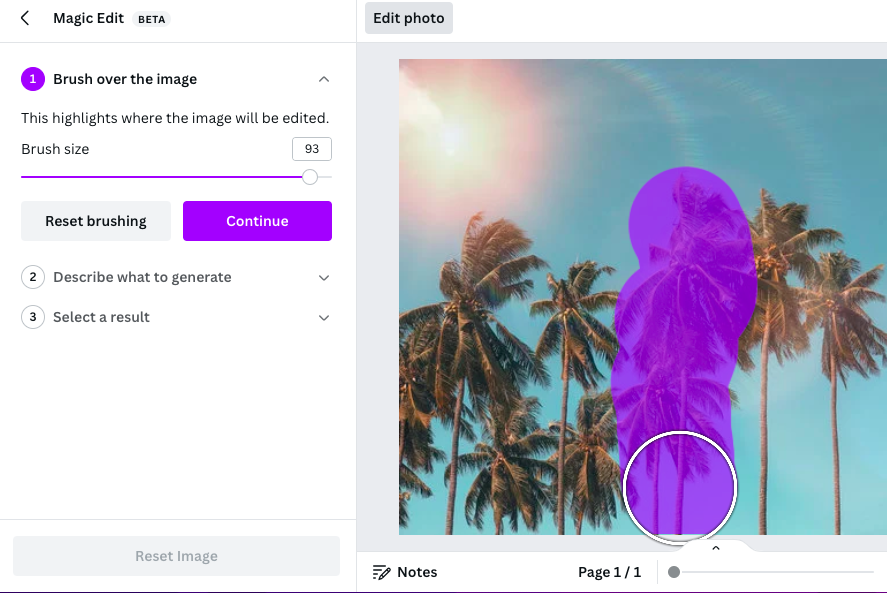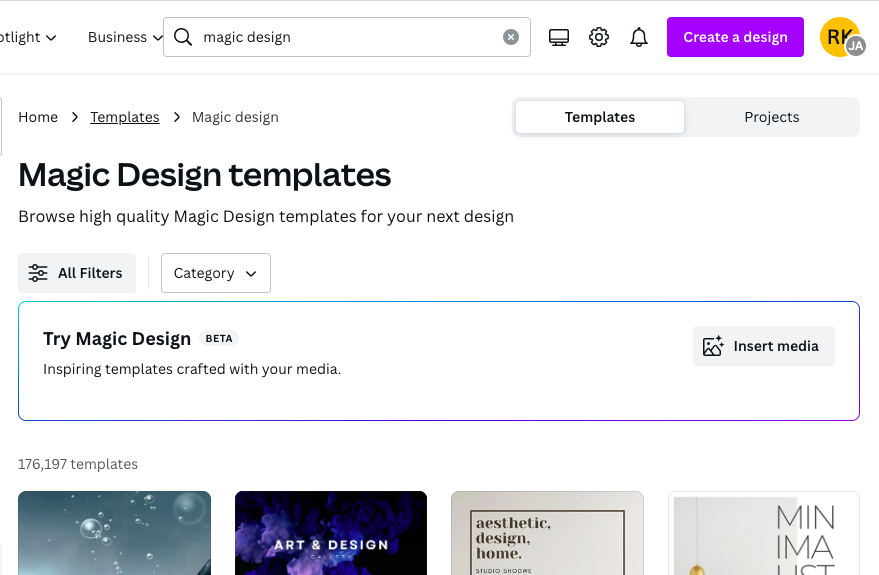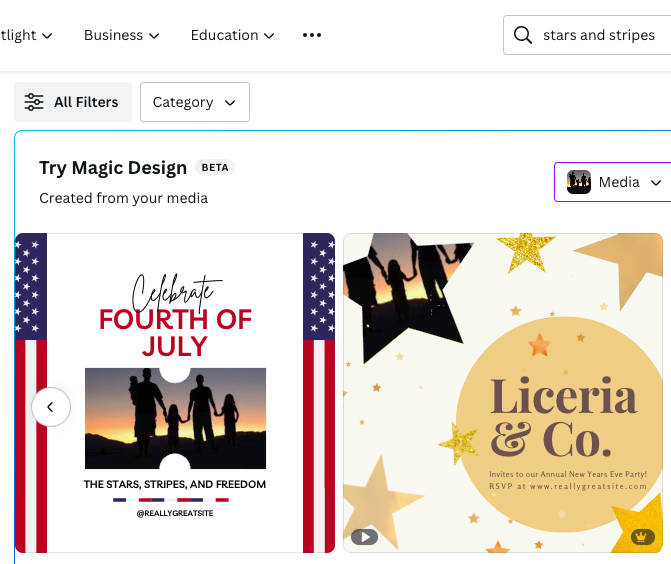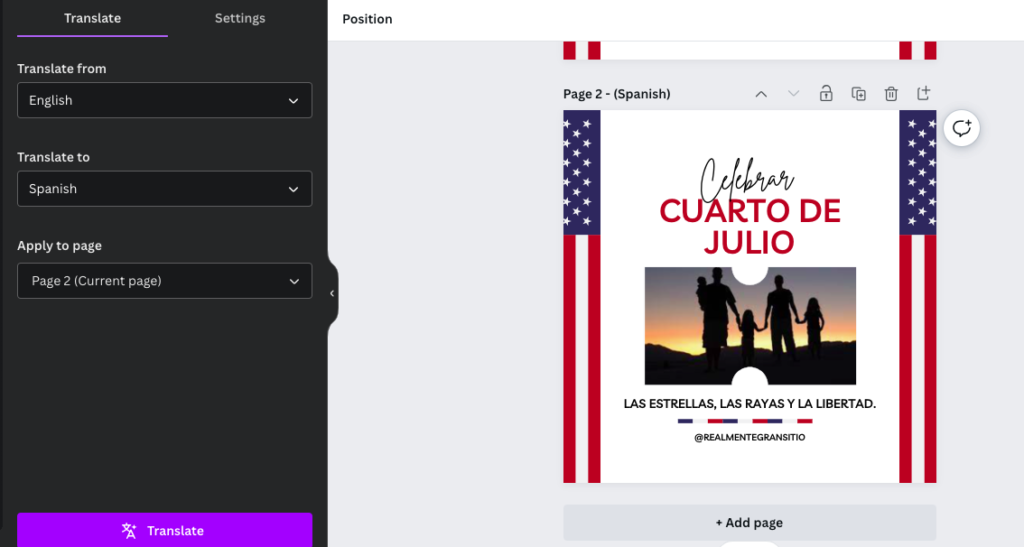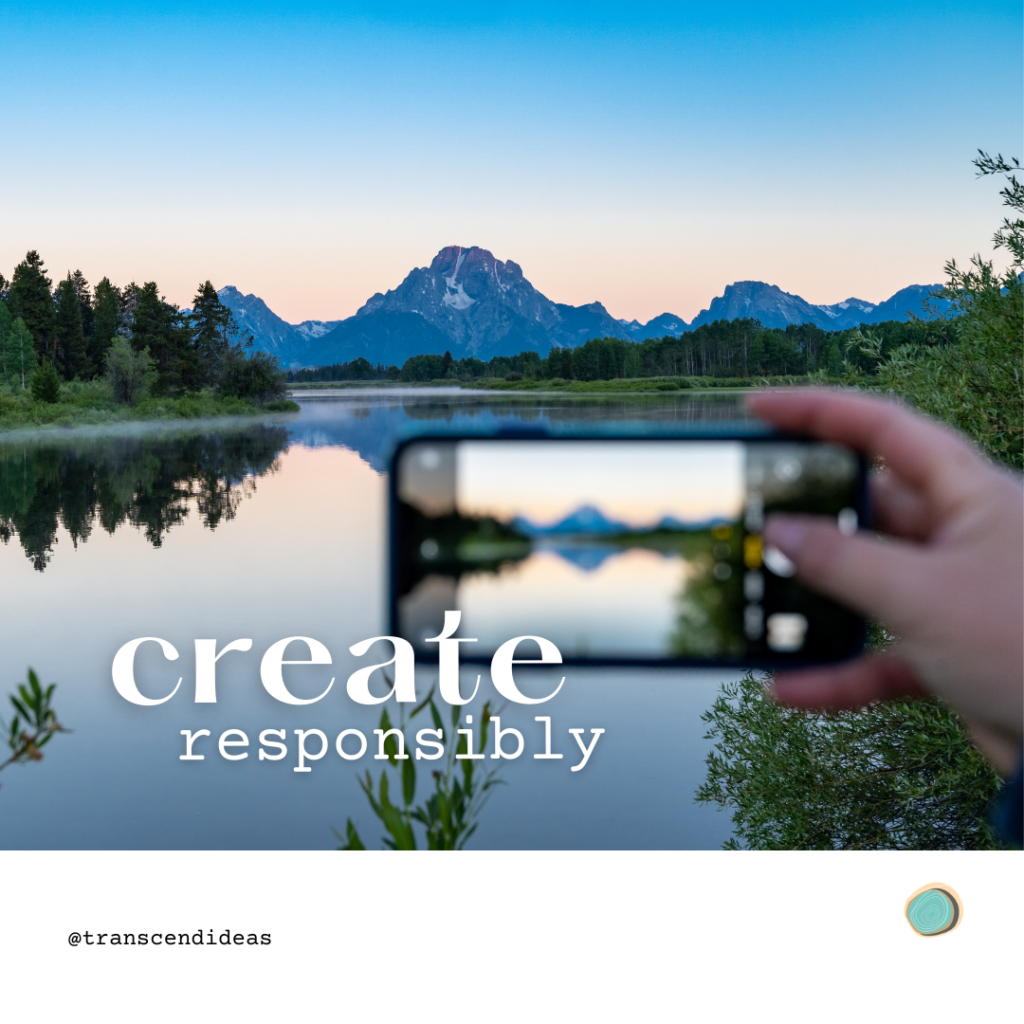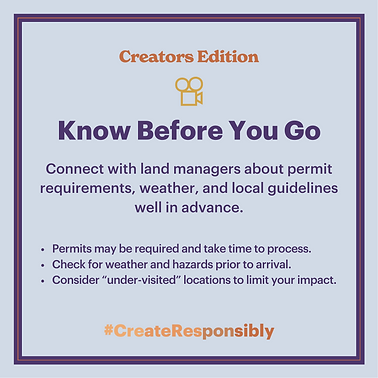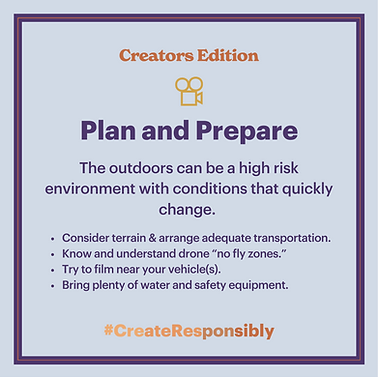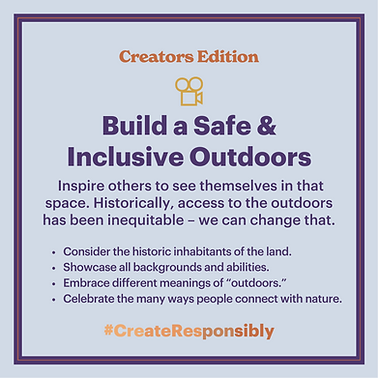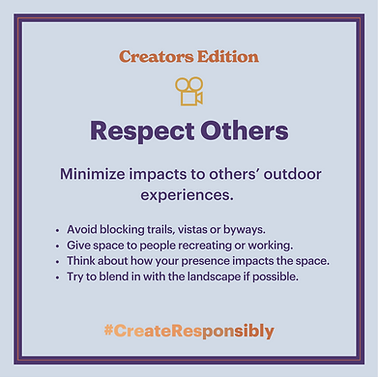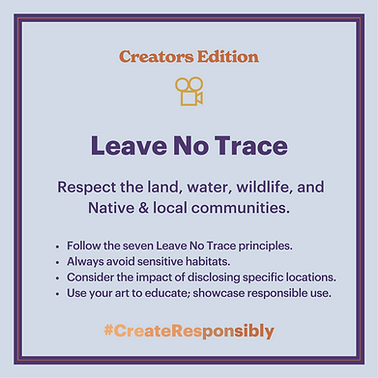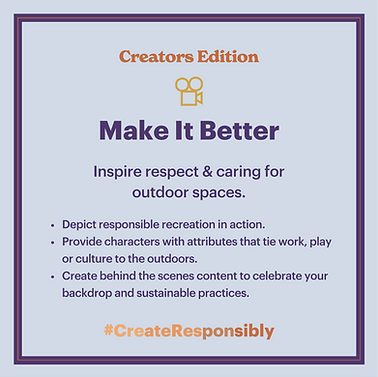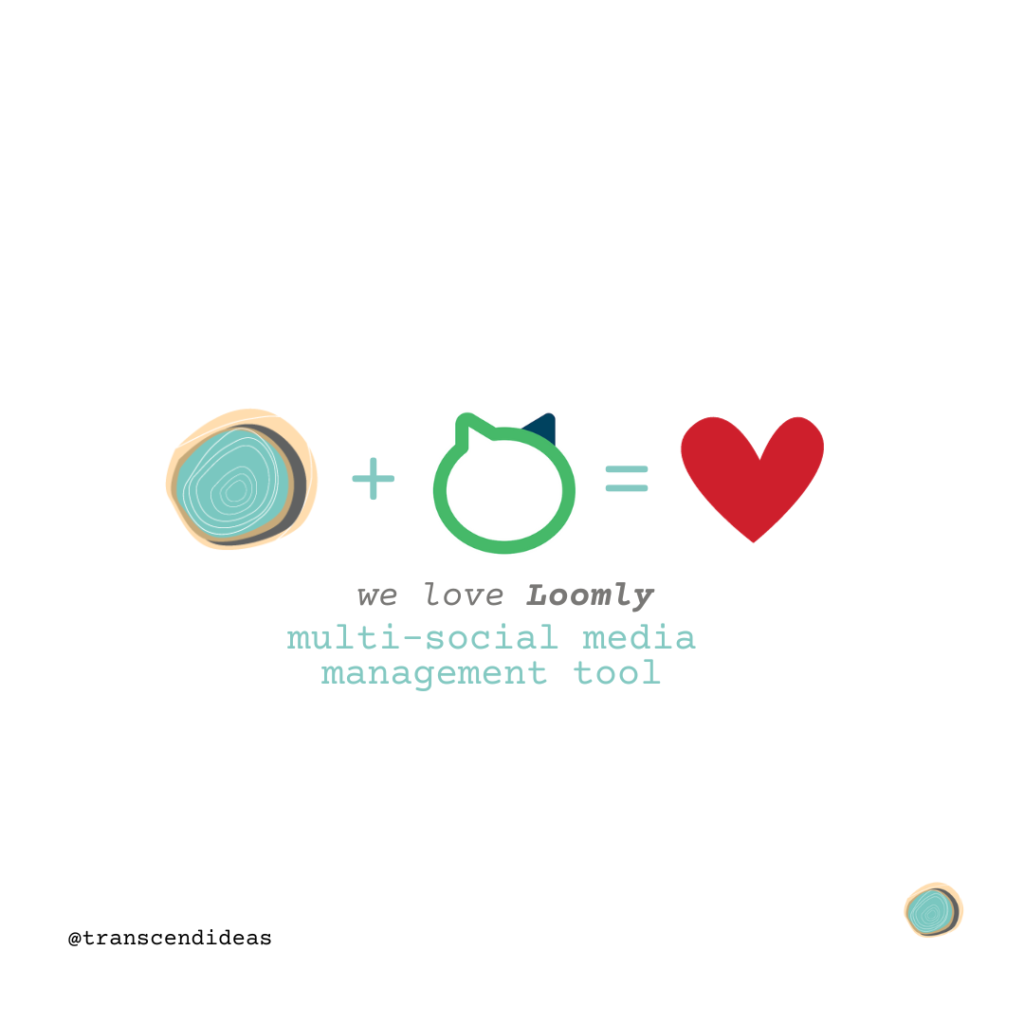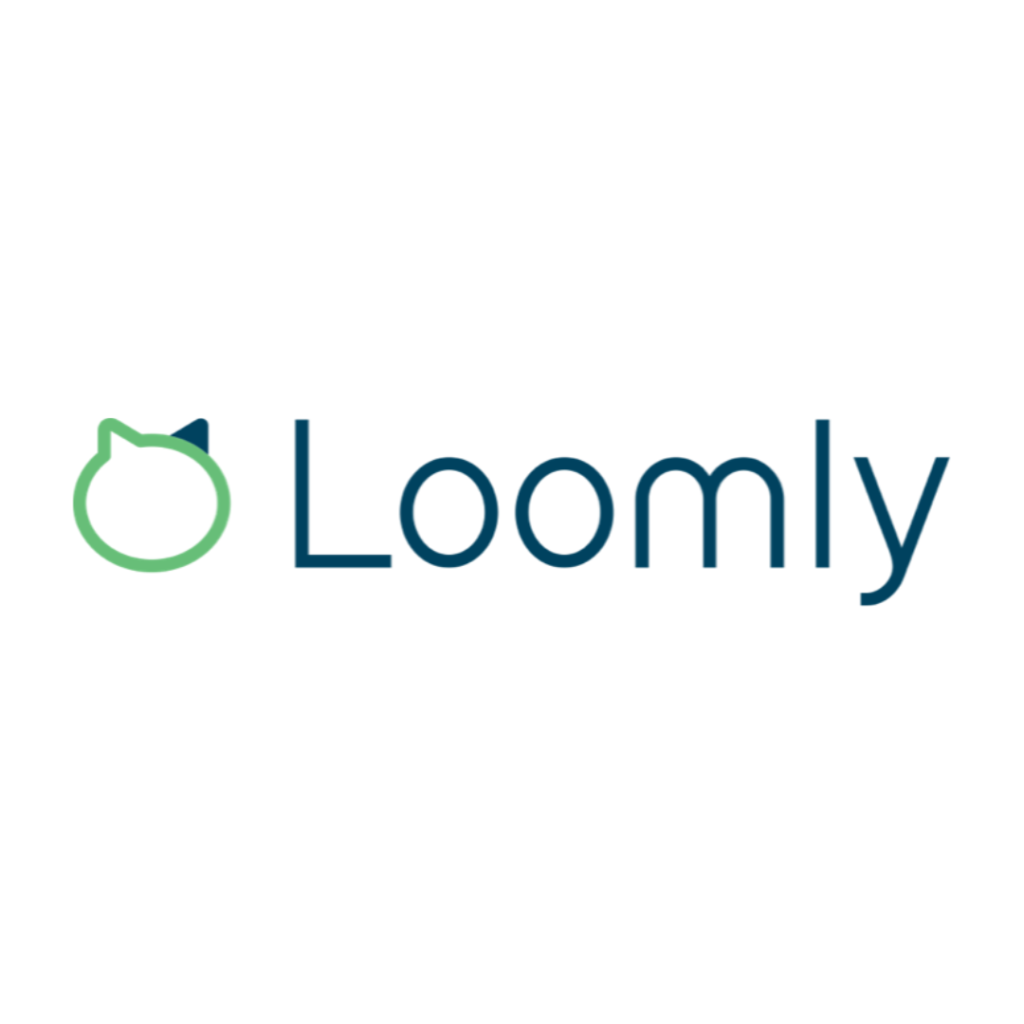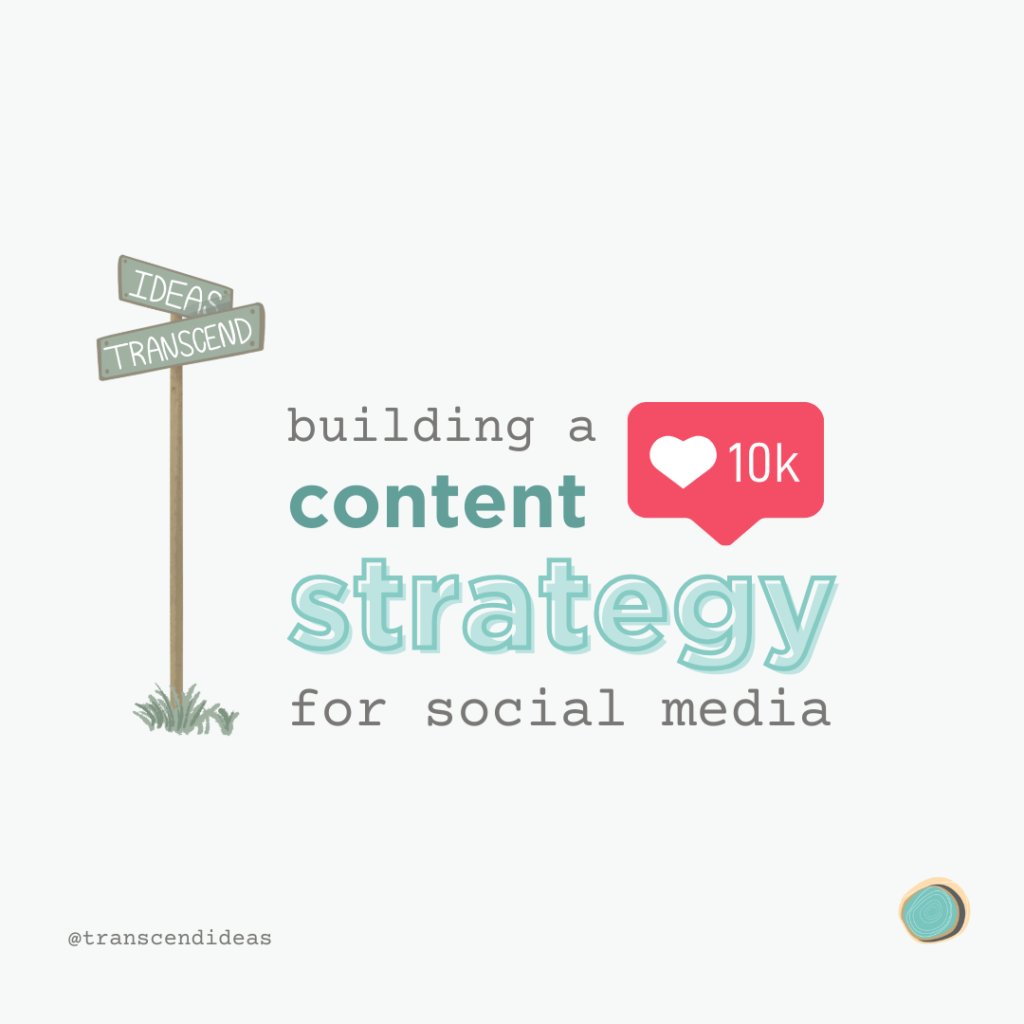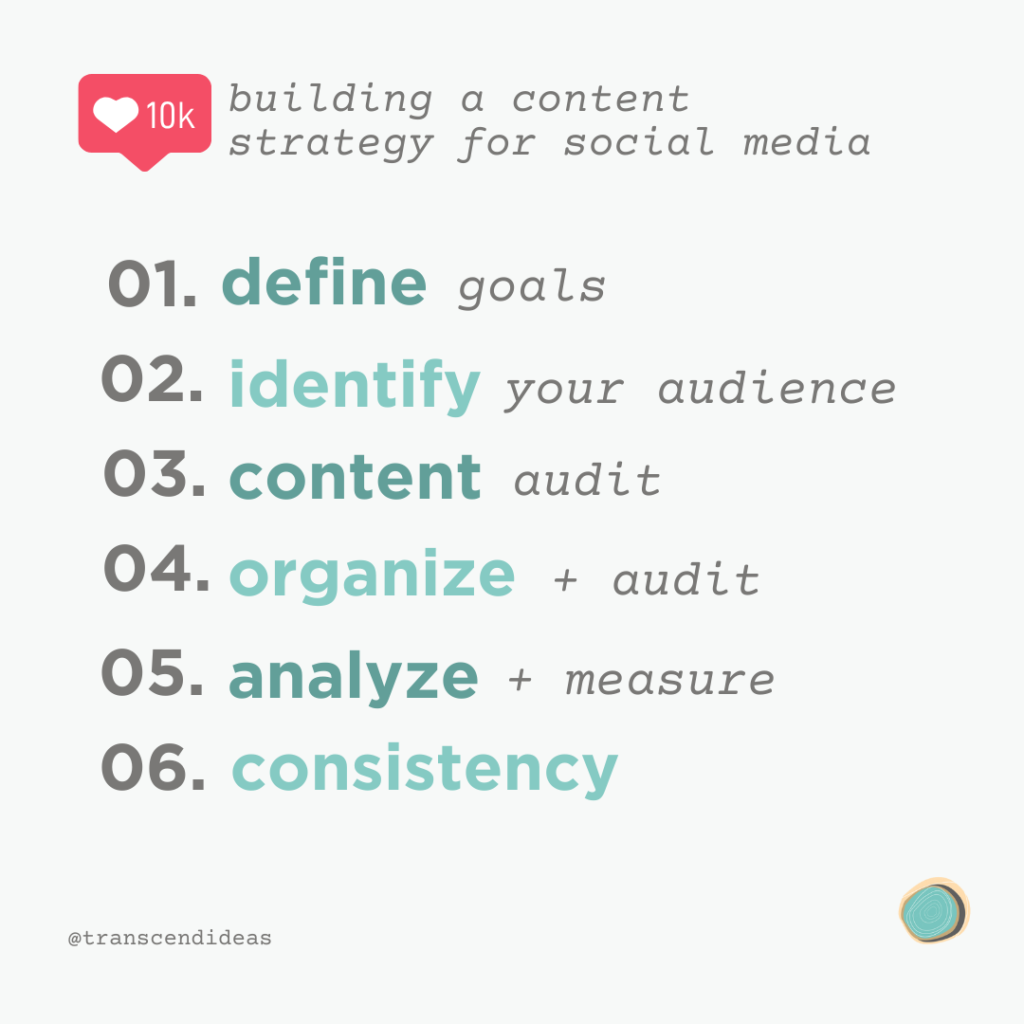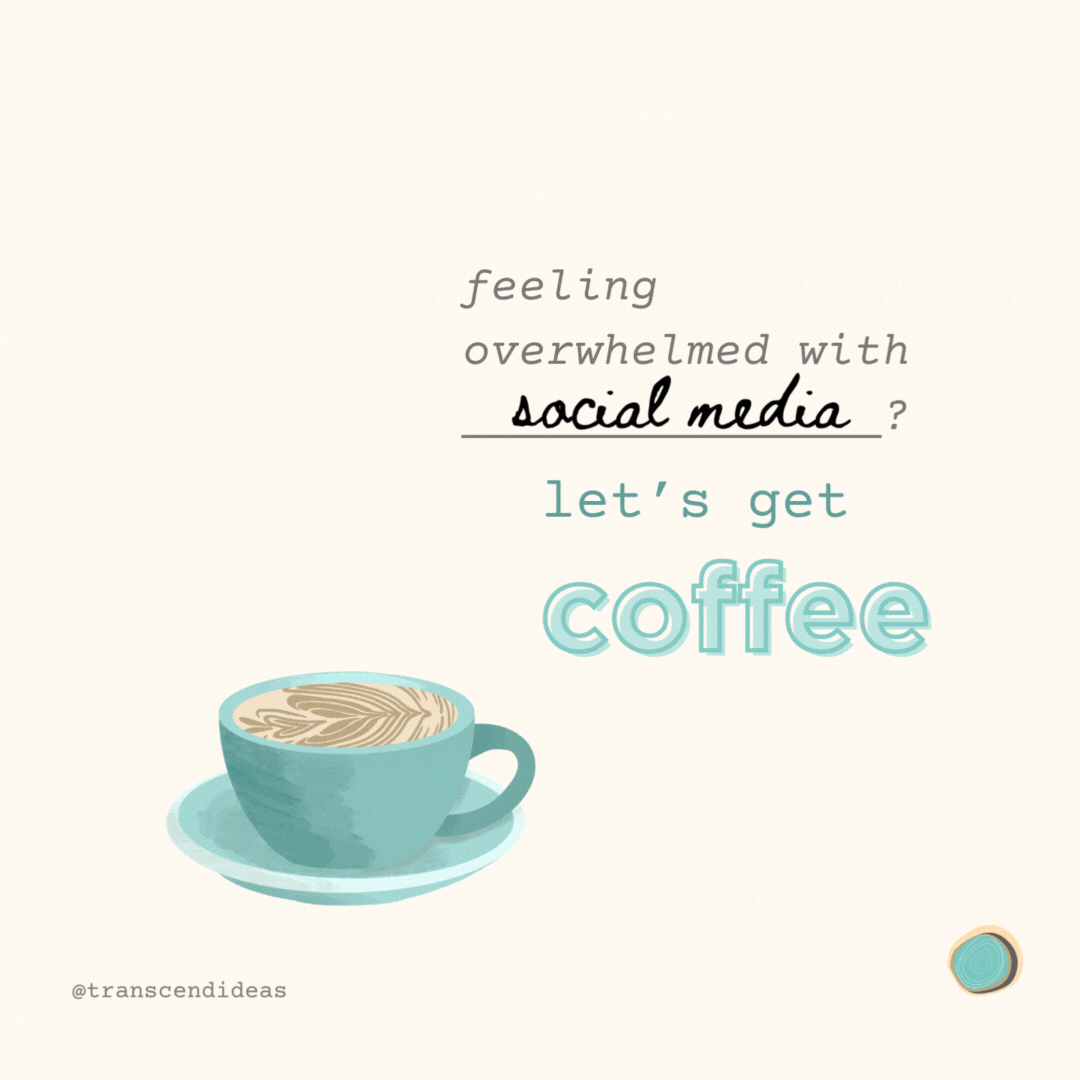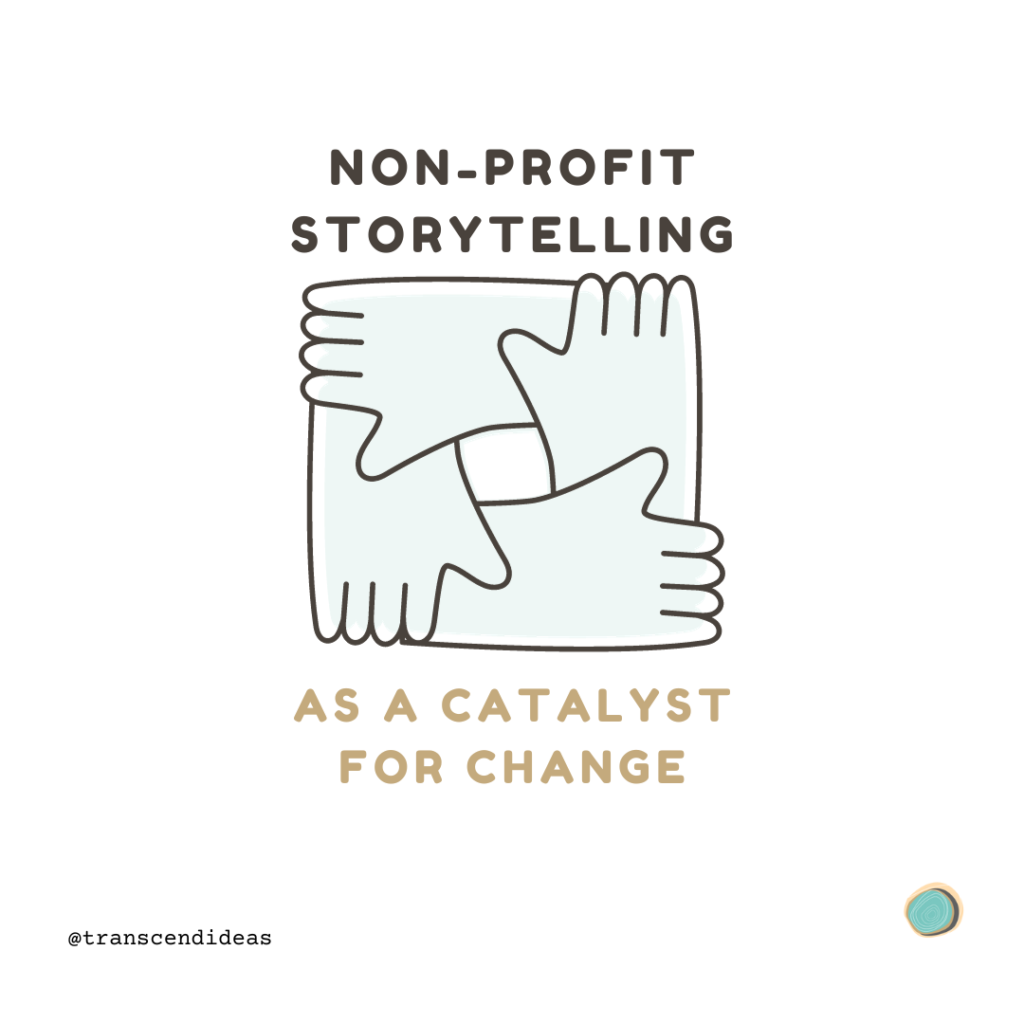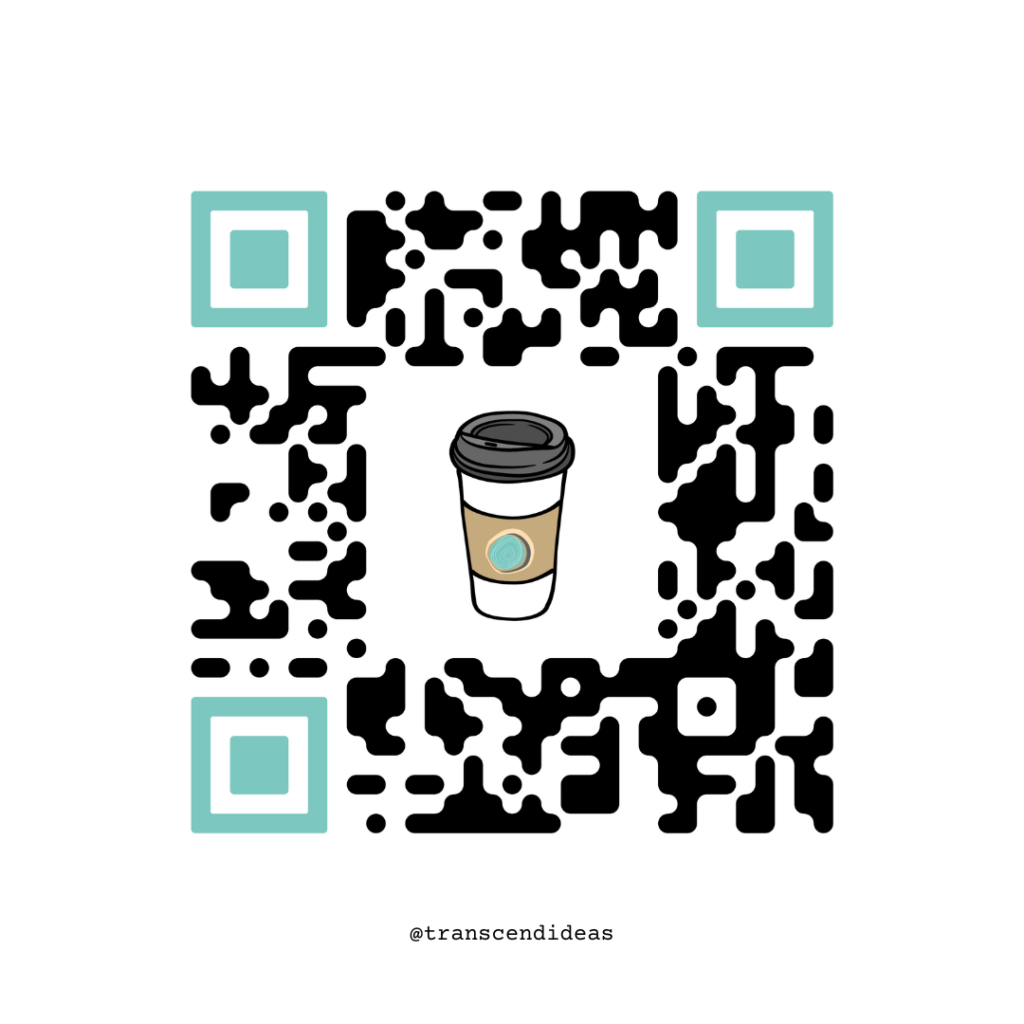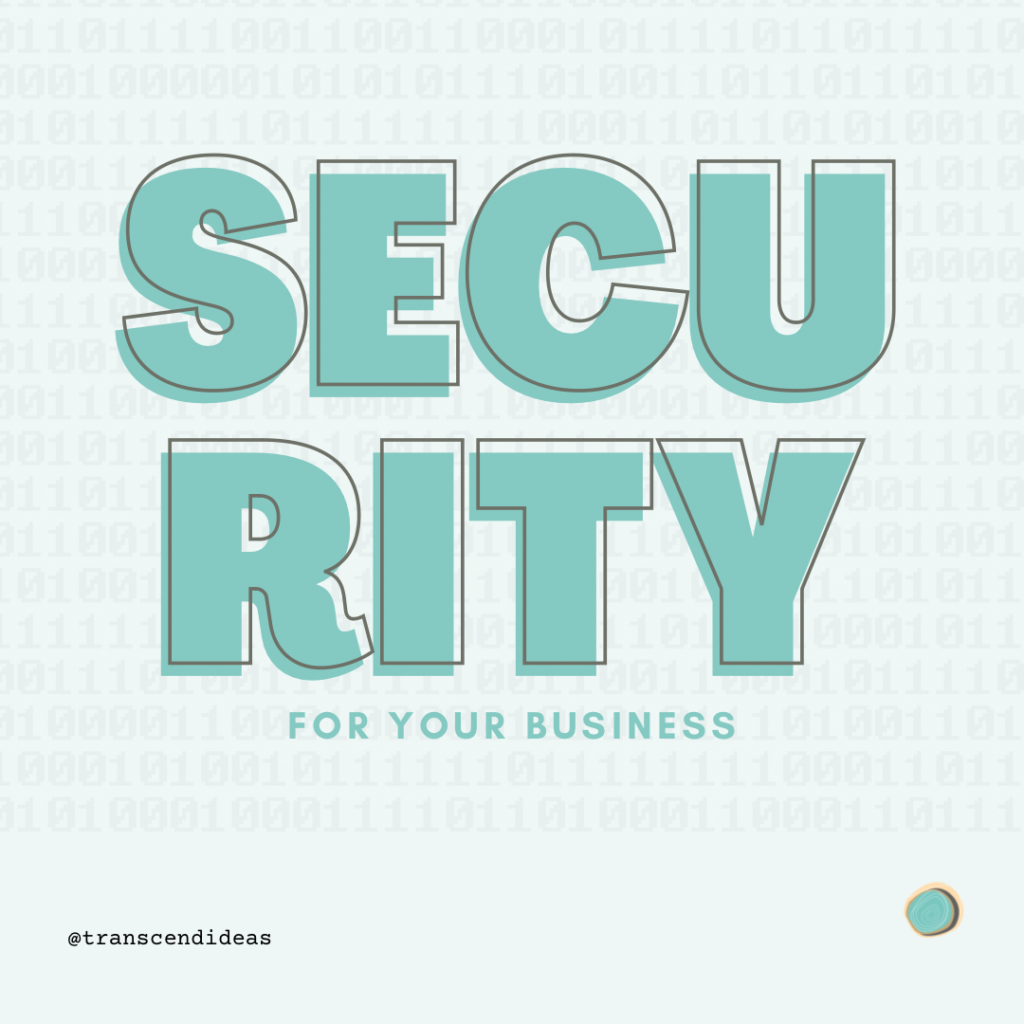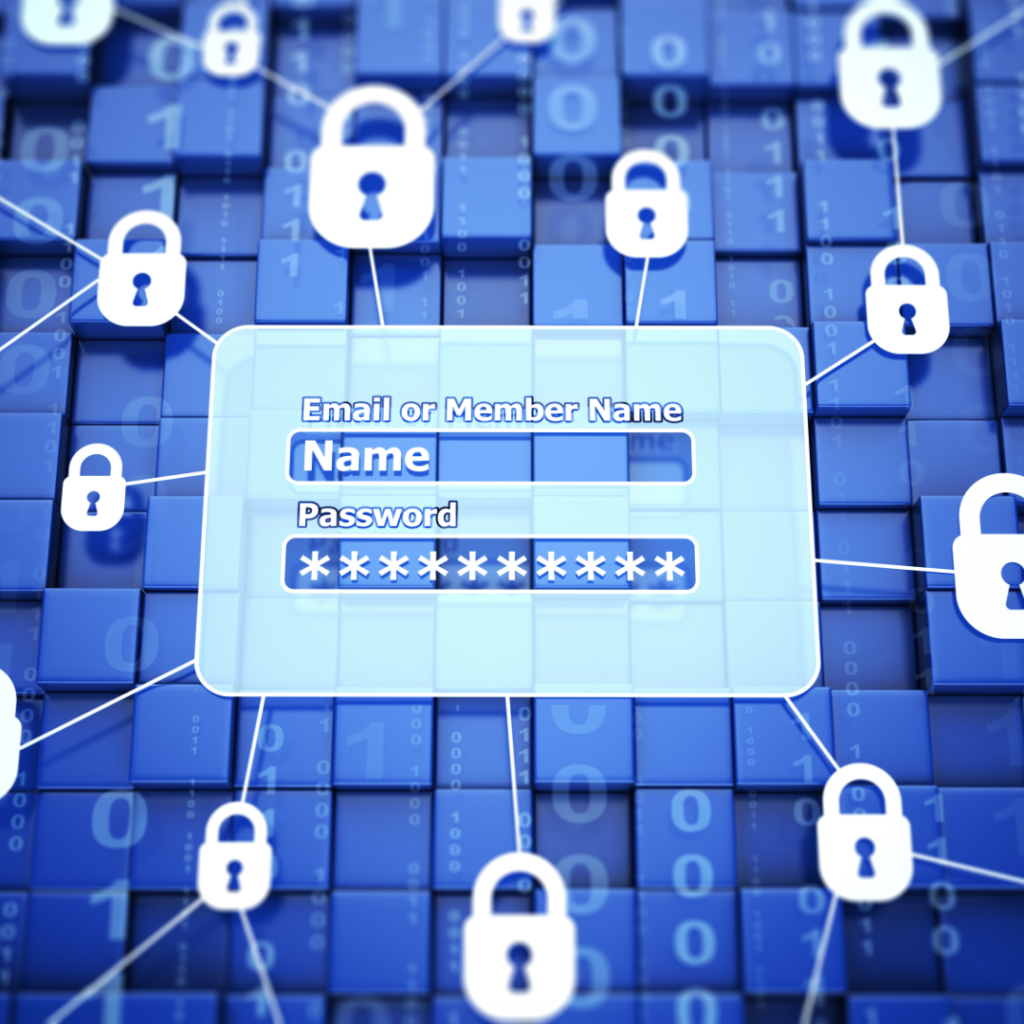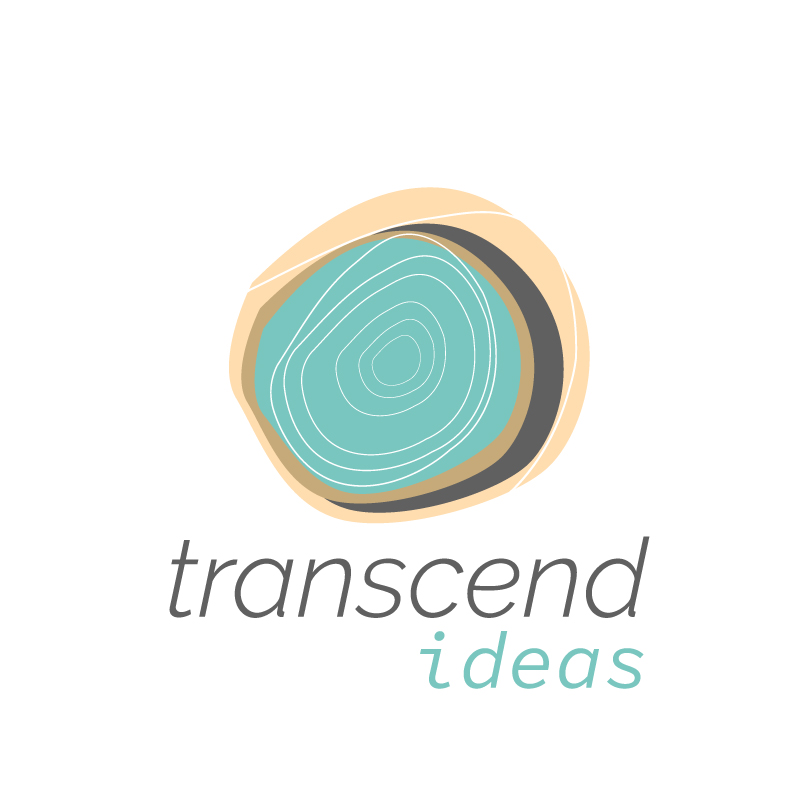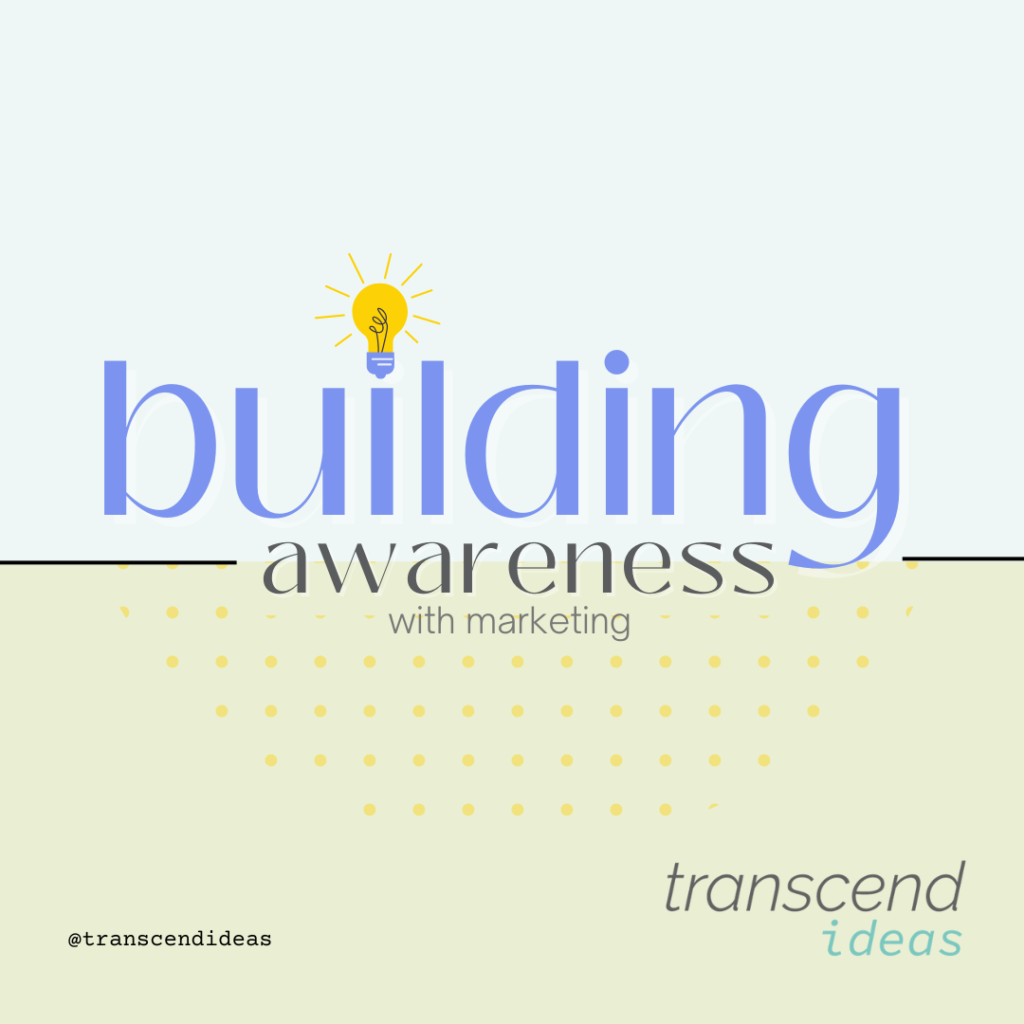
The most effective marketing campaign is one that builds awareness on issues. They can evoke a thought, a pause, a consideration, an emotion, an action, a changed behavior, and at times all of those things over time. Learn how you can start building awareness with marketing. There are many tactics to make an awareness campaigns stick, here are some great examples:
In summary that this blog post covers:
- Catch Phrase
- Evoke Emotion with Bold Imagery/Design
- Consistency
- Educate and Inform
- Influencers
- Normalize Issues
1. Catch Phrase
A successful catch phrase will stick with the audience. Something short and sweet and easier to remember is key.
- “Only you can prevent forest fires” from Smokey the Bear to build the awareness around what you can do to prevent forest fires.
What makes a catch phrase work:
- Short and easy to remember/recall
- Direct
- Actionable (clear call-to-action)
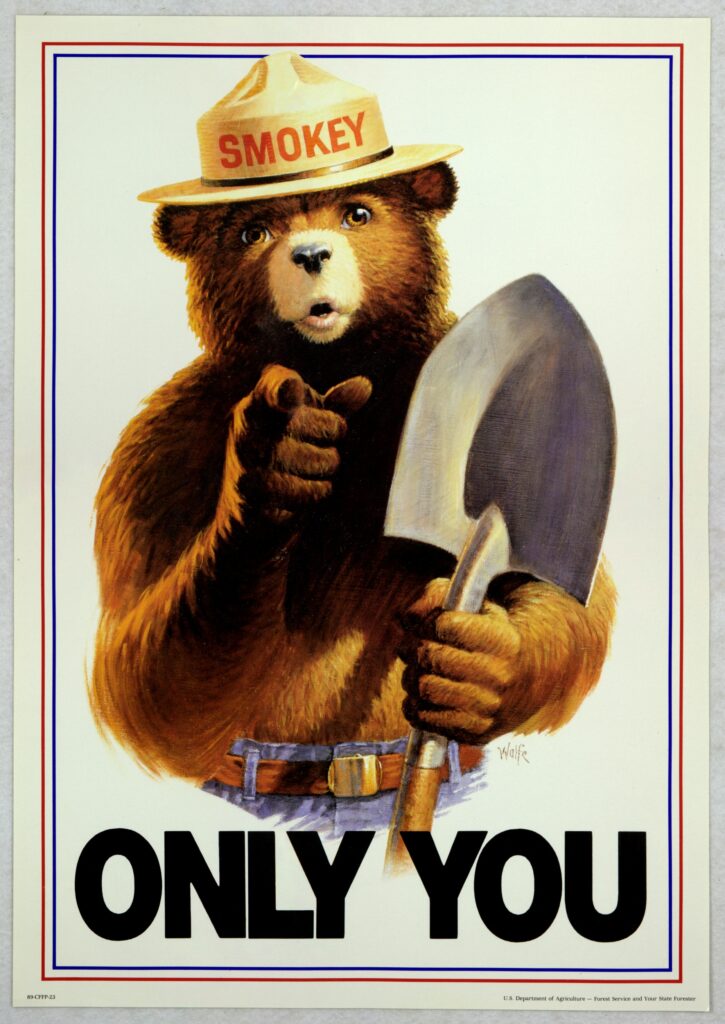
2. Evoke Emotion with Bold Imagery/ Design
When your audience evokes an emotion it leaves a lasting mark on their heart. Shock and abrupt imagery does get your attention and discomfort comes up.
When imagery stands out and colors are bold, that’s a great ingredient to a memorable campaign.
- The plastic straws (single-use plastic) campaign
- Quit cigarette smoking
- Gun reform in America

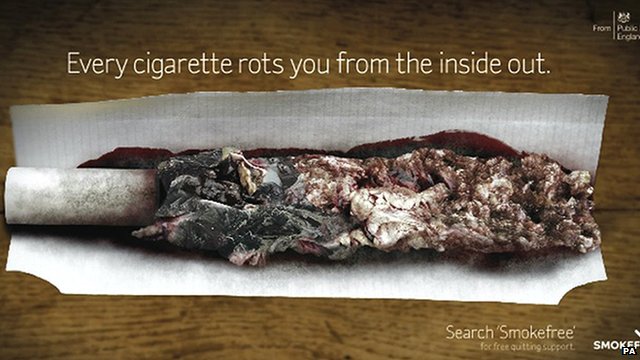
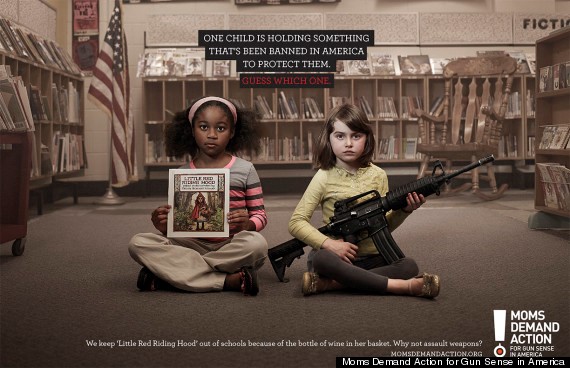
3. Consistency
Consistent is key. When you see and hear this message consistently it stays with you. You can even recall the slogan years later – that’s good and effective marketing tactic.
“This is your brain. (egg)
This is drugs. (frying pan)
This is your brain on drugs.” (fried egg in the pan)

4. Educate & Inform
When you offer up education to the public you are empowering them with information so they can discover what they need to do or not to do based on this new information. When a campaign lays out the desired behavior and the reason why it’s important to change it – that’s an effect campaign.
- PlayCleanGo – Clean off your gear, clothes, dog to help the spread of invasive species
- No Poop Fairy – Clean up after your dog and directly impact our waterways
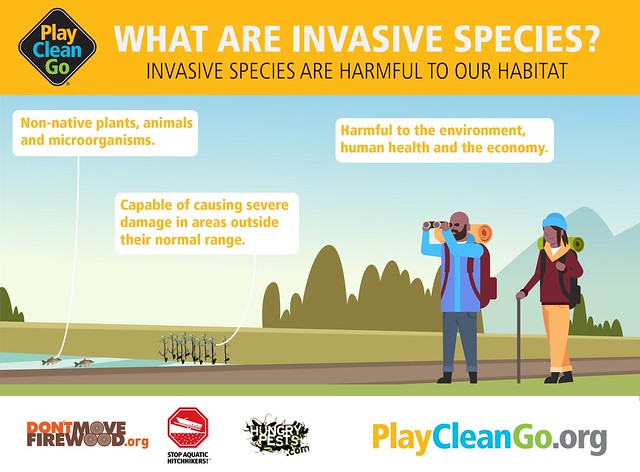
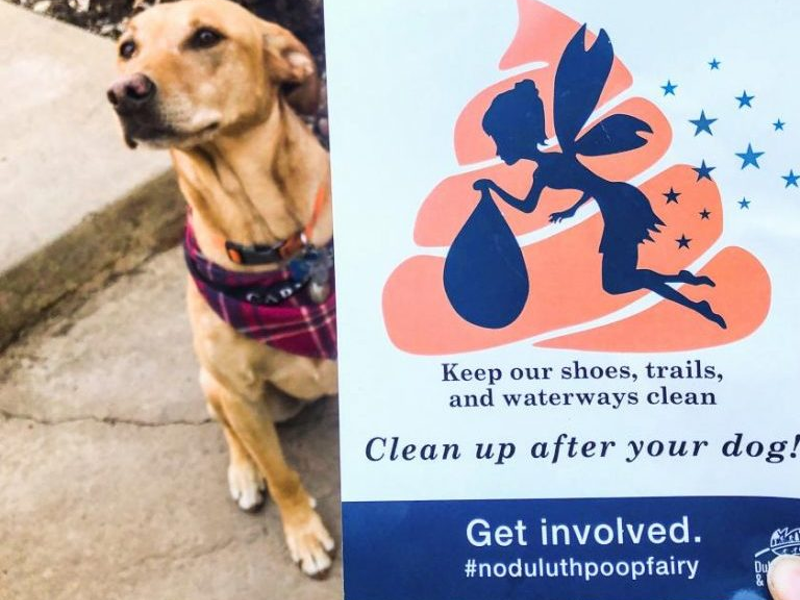
5. Influencers
The very definition of “influencers” are those that influence others. Many public figures (singers, actors, television personalities) know their influence on others and want to use their persuasion to promote campaigns they care about.
This is no difference today with influencers you see promoting products on social media. You may also see them share their opinion on social issues like reproductive rights, the climate crisis, etc. Building awareness with marketing is what they think about full-time in how they present themselves, how they talk, and the products they promote.
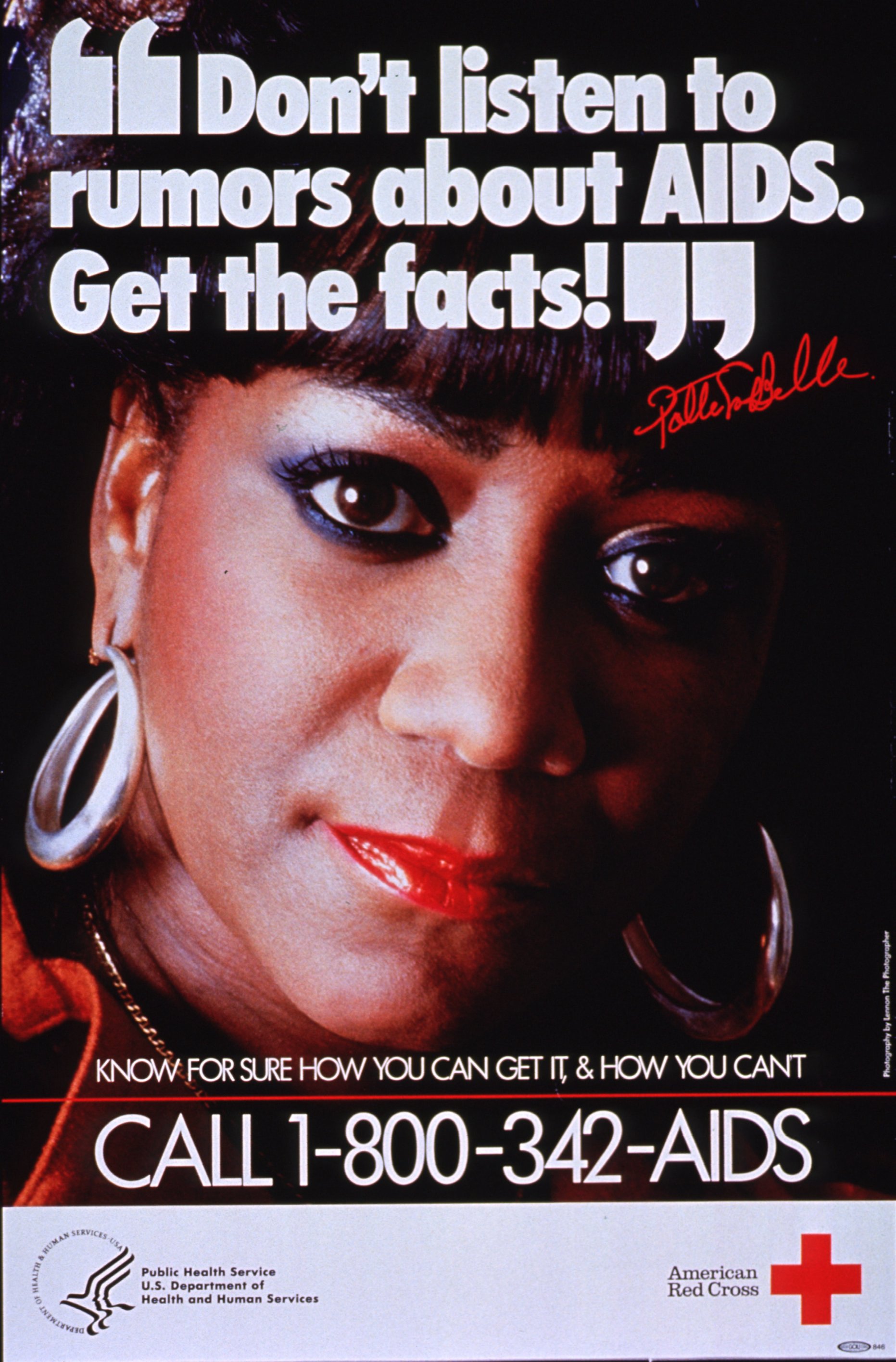
6. Normalize Issues
Over the years there are many issues that are being normalized to lift stigma. When discussions are brought to the surface that many face in our society they begin to breakdown and remove the shame and stigma surrounding them. More than ever before examples of this happening now more than ever before;
- Mental health
- Pronouns (she/her | him/his | they/them)
- Gender Identity – education of what it is and is not
- Suicide Prevention
- Body positivity
- Race
- Abortion
- Sexual assault

Womxn Life Freedom campaign
This was a privilege to work on this campaign. The women in Iran are rising up and protesting all the country and the world. This campaign is meant to build awareness of the fight for freedom of women, including those that identify as women.




Ask yourself “What would I like to evoke in my next campaign?” Consider pulling in inspiration from past campaigns that have been effective, perhaps you have a personal experience with them yourself, look into campaigns that align with your brand or have some similar audiences. I personally like working with Pinterest to pull in inspiration.
Do you need help building awareness with marketing? Contact Transcend Ideas to learn how we can help you build awareness around your messaging!
